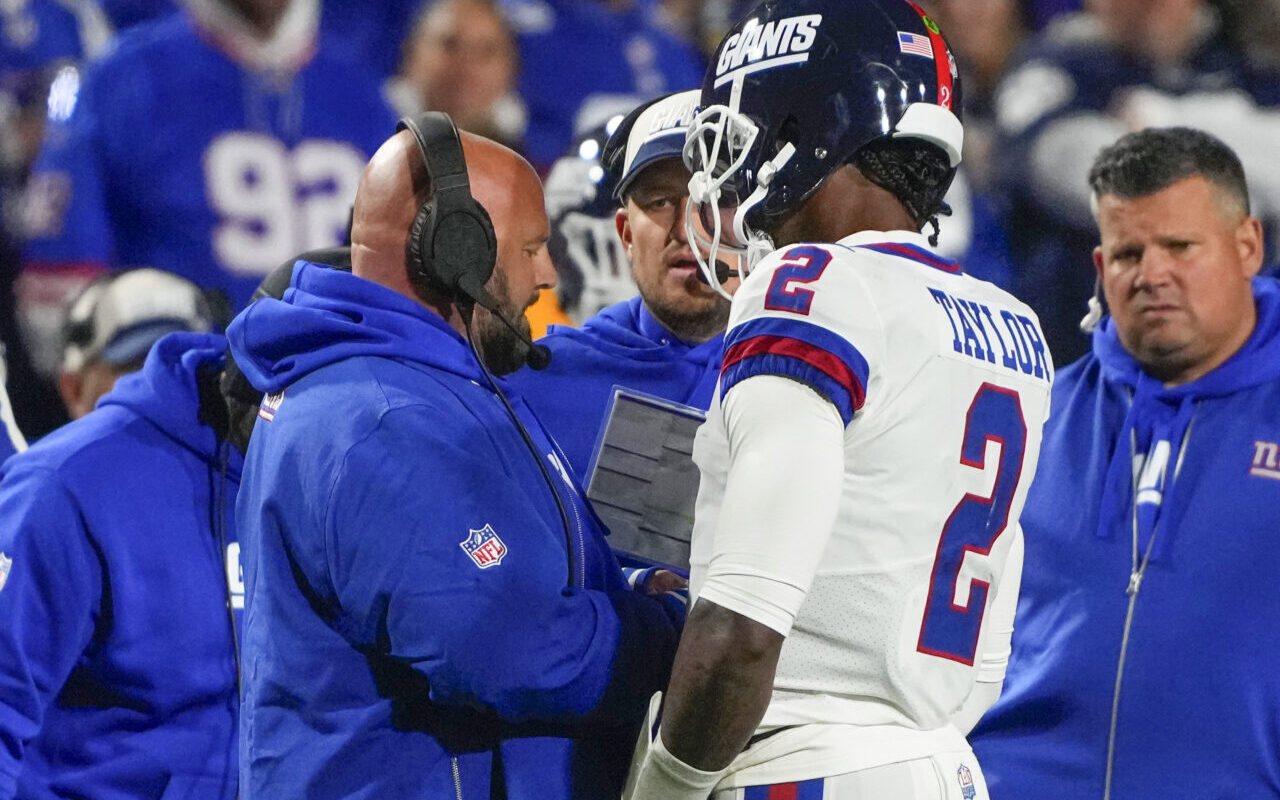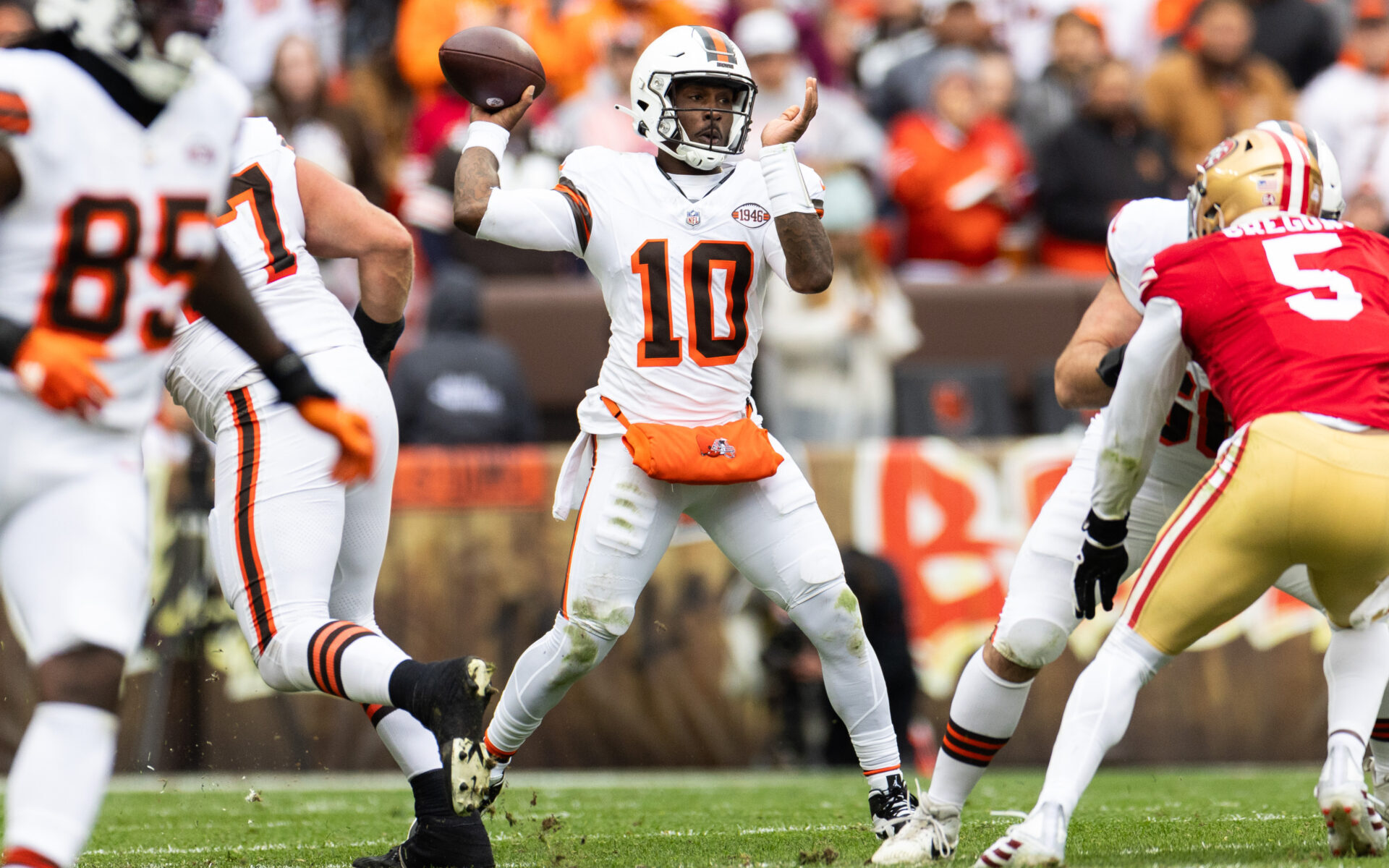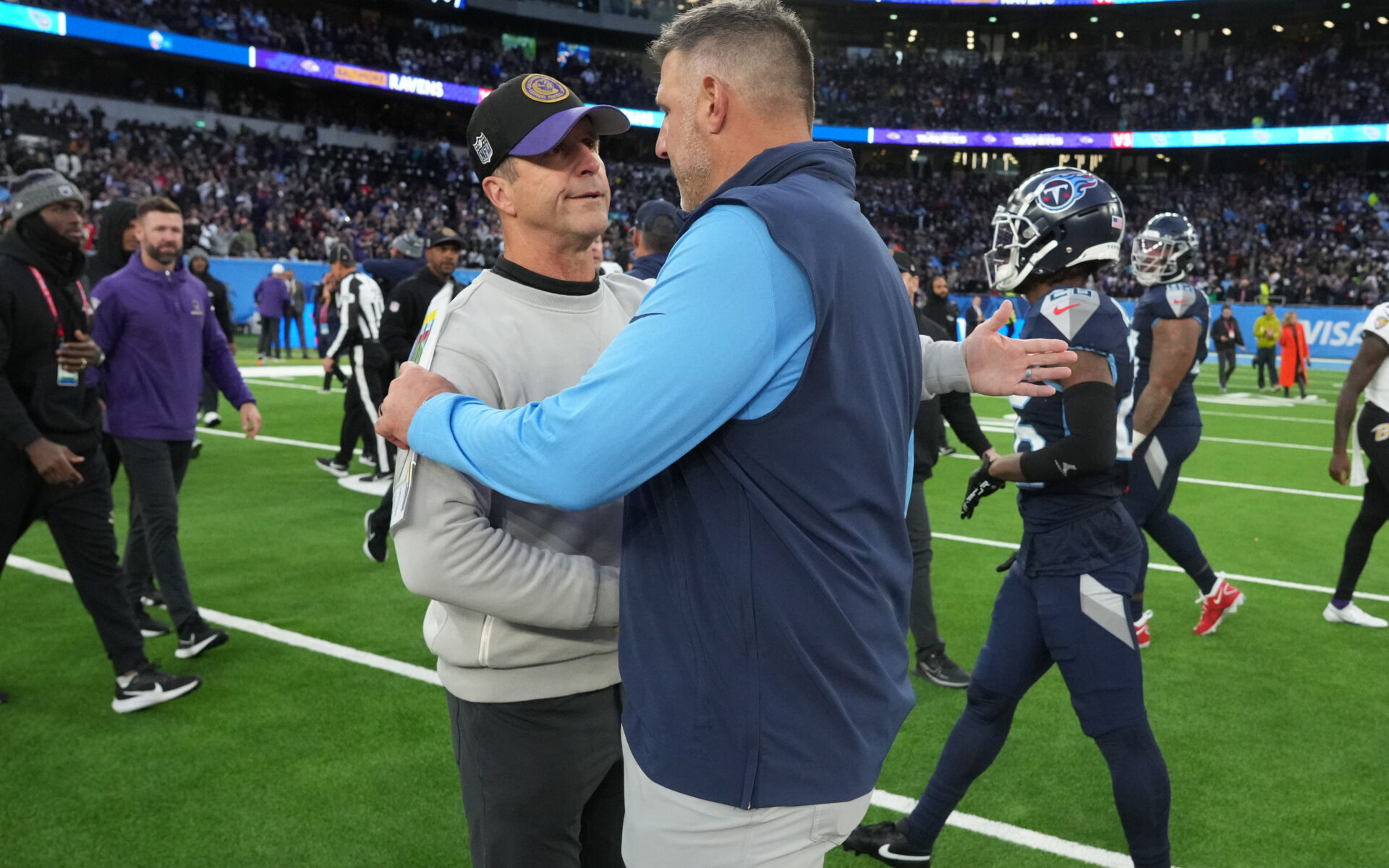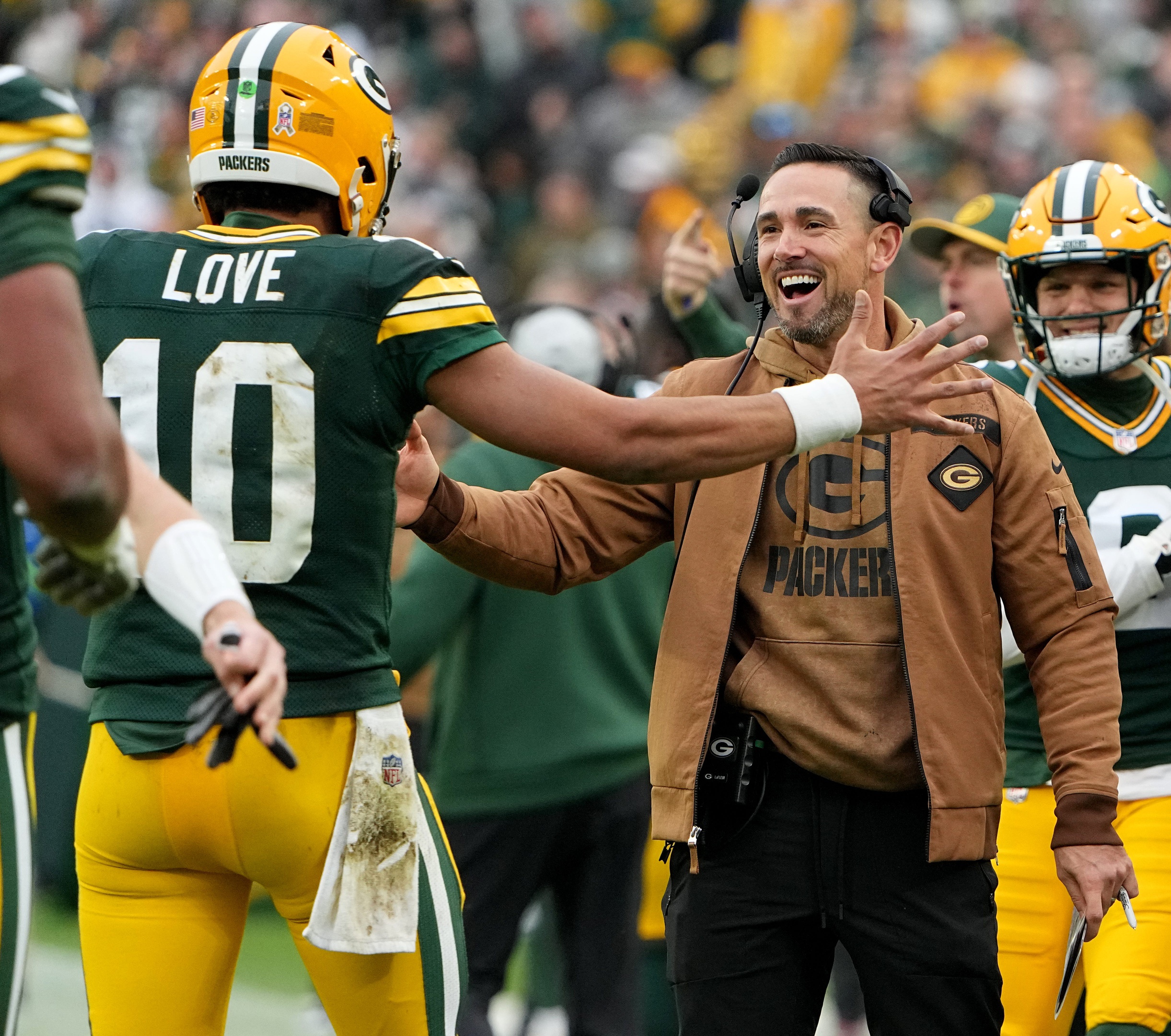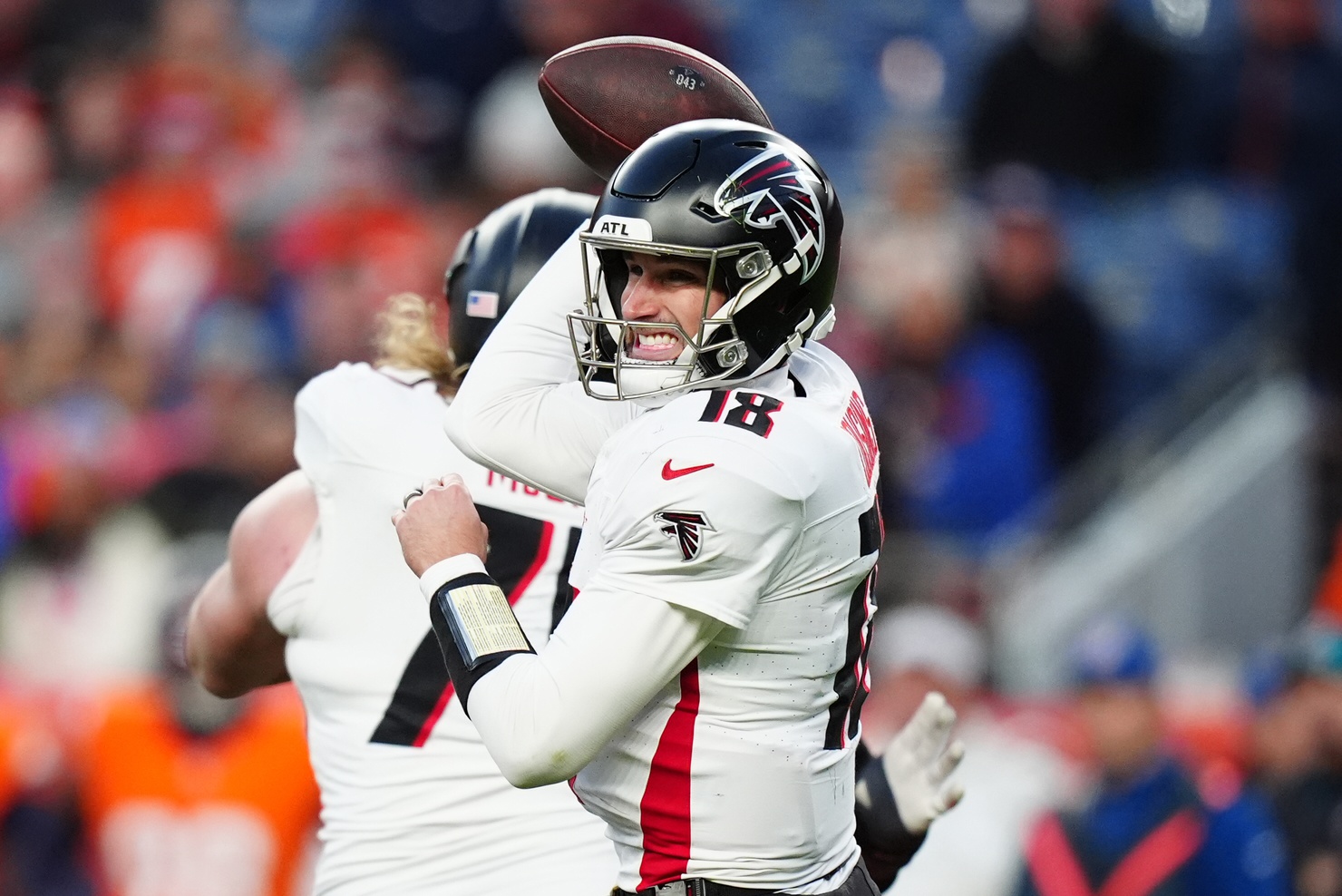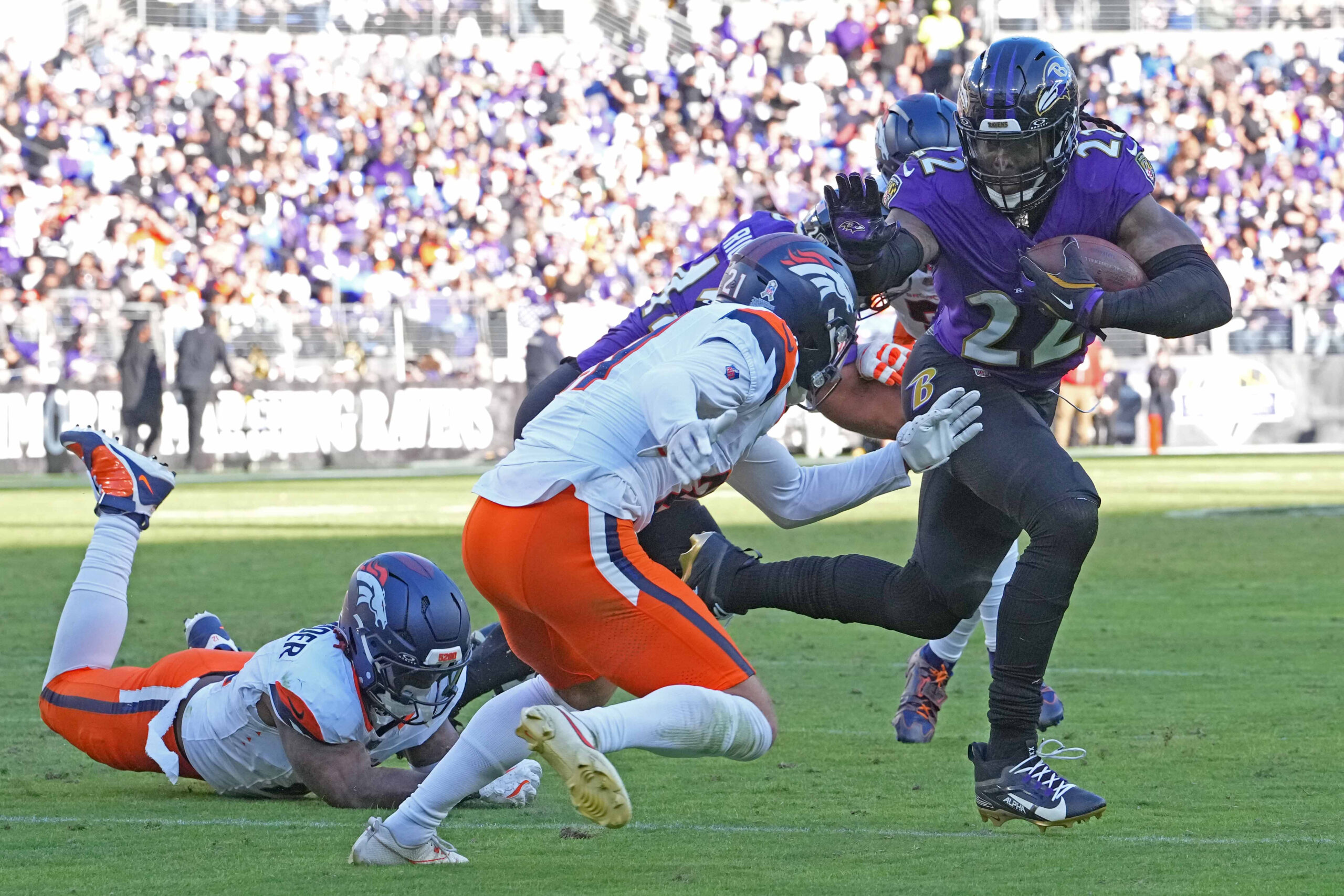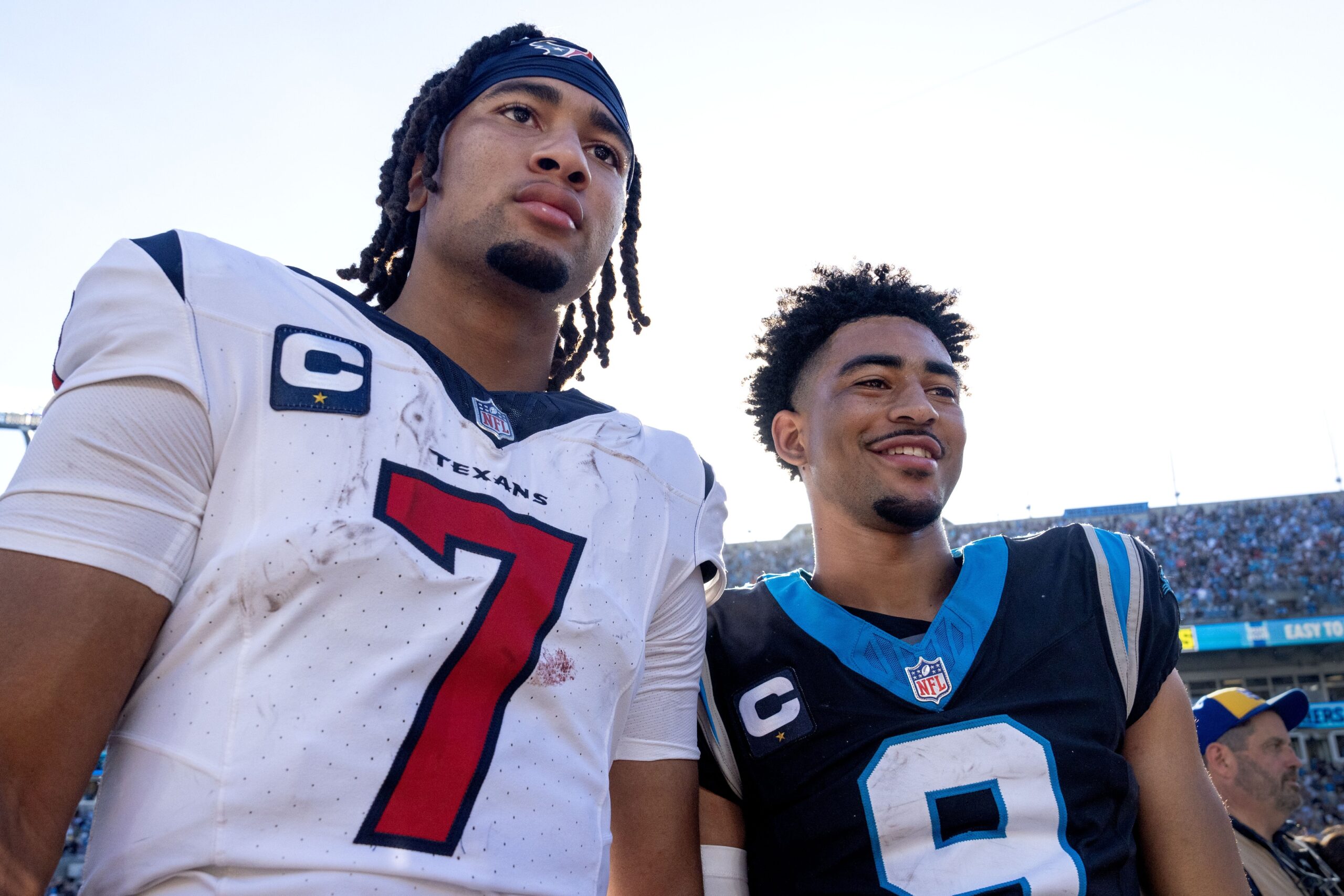Analysis
10/17/23
6 min read
Ranking NFL's Best, Worst Coaching Decisions From Week 6
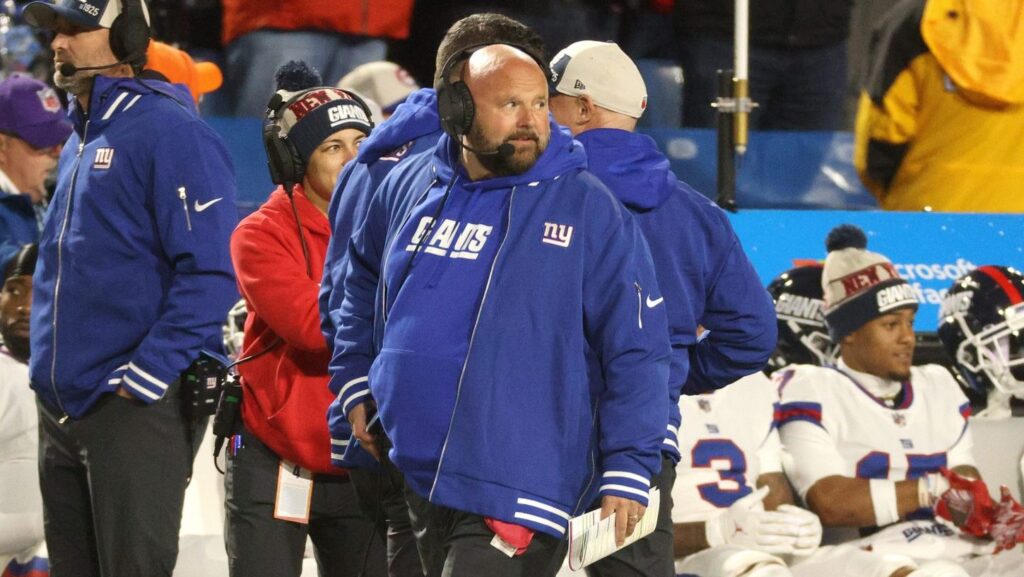
Following a week full of upsets and surprises, we're breaking down the best and worst coaching decisions from Week 6 in the NFL.
4 Best, Worst Decisions of Week 6
Second Best: You Can Take a Horse to Water, But You Can't Make Him Throw Past the Sticks
The Situation: Fourth quarter, Saints down by 7, 4:37 left, fourth-and-4 from the Texans' 15-yard line
The Decision: Throw for the first down
The Result: Short completion on a swing route to Alvin Kamara, turnover on downs
Each week, there are a lot of correct decisions. You should punt on fourth-and-14 from your 30-yard line, and no one needs to write an article about it.
This situation isn’t nearly that obvious, but it’s a pretty clear “go,” and the New Orleans Saints did the right thing here. You need a touchdown to win the game. There are only four minutes left, you’re already in the red zone, and the distance to go is very makeable.
But sometimes, the best of intentions can be thwarted by some questionable choices by the players on the field. Derek Carr took a short drop and immediately dumped it off to Alvin Kamara, who was five yards behind the line of scrimmage.
Throwing so far short of the sticks puts a lot of burden on the receiver, but there were also multiple defenders in position to engage Kamara well before the line to gain. He had seven yards or so of free space when the ball got there, but he’s not the same elusive athlete he used to be and shouldn’t be expected to make two guys miss to get those yards.
Second Worst: Gave the Backup QB Too Much Leeway
The Situation: Second quarter, 14 seconds left, no timeouts, Giants winning by 6, second-and-goal from the Bills' 1-yard line
The Decision: Tyrod Taylor appears to check to a run
The Result: The play is stuffed, and the half ends
This decision was ultimately made by the quarterback, and regardless, it might fall more under the category of “interesting” than “bad.” But it’s way harder to argue that it’s “good,” so we’ll keep it here.
With no timeouts and 14 seconds left, Tyrod Taylor called an audible and handed the ball to Saquon Barkley. The defense stuffed him. They couldn’t get to the line to spike or call another play, so the half ended without a score on the drive.
The Giants run the ball with 14 seconds left and no timeouts, get stuffed, and the half ends before they can get another play off. What a terrible terrible result for the Giants pic.twitter.com/Yis8BfVEhc
— CFBBlueprint (@CFBBluePrint) October 16, 2023
We wrote last week about the relative success of different play calls in short yardage. Inside runs (even ignoring quarterback sneaks) are a good bet to get a yard or two and are more successful than most passing options. The New York Giants happened to run inside zone, which is more middling in its success rate. And we’re talking about putting the ball in Barkley’s hands instead of Taylor’s, so we shouldn’t ignore that.
The timing is the sticking point here. Getting a second play off is hardly guaranteed, even in a short area of the field where players are easier to corral for a follow-up play. Since 2016, teams that run the ball in a no-huddle situation late in the half in the red zone took an average of over 20 seconds to run the next play, getting another play off in 14 seconds or less just 18 percent of the time.
Making space for two plays affords you two benefits, of course. You can try for the end zone twice or settle for a field goal if you miss the first time. Regardless of the intended path, both options are worth a couple expected points over calling one play.
The run — particularly the one that they executed — didn’t have the upside to justify the risk of losing that second play. Taylor shouldn’t have pivoted there, but the alternative should also have been something more likely to succeed.
Best: P.J. Walking Tall
The situation: Fourth quarter, Browns down by 4, fourth-and-4 from the 49ers' 40-yard line
The decision: Pass from an empty backfield
The result: Completion to David Bell for six yards
Clutch Like I’m David Bell. #Browns #DawgPound pic.twitter.com/N2wJ3lPJOo
— DonVega🥂 (@DonVega_) October 17, 2023
The Cleveland Browns pulled off a big upset of the previously undefeated 49ers with backup P.J. Walker at quarterback, thanks to an outstanding effort by Cleveland's defense. But the Browns got within one point late in the game because of a decision to trust their offense, and they improved their expected win probability by almost 10 percentage points.
These no man’s land situations often lead to “aggressive” recommendations to go for it on fourth down, and being down by four points also contributes to the preference to push for more yards instead of punting and letting the defense do the work.
We tend to think of going for it as valuing the possibility of a touchdown over the more certain field goal, but sometimes it’s good enough just to get a first down or two and make a field goal more reasonable. The Browns got those three points a few plays later, and there was enough time to tack on another three points to win the game.
Worst: Almost Every Short Fourth Down in London
The situation: Three separate fourth-and-2-or-less calls in Ravens vs. Titans
The decision: Field goal attempt
The result: Made field goal
Every week, SIS analyzes each fourth-down decision made by teams. Three of the 12 most costly fourth down decisions this week came in the early game Sunday.
Each of them was a decision to kick a field goal with, at most, two yards to go. The latest of these was with 12 minutes left in the fourth quarter, so it’s not as though the specific game situation dictated that “guaranteed” points were crucial (though one of those teams has Justin Tucker, so maybe those points are guaranteed).
6/6
No one better than @jtuck9
📺: #BALvsTEN on NFL Network
📱: Stream on #NFLPlus https://t.co/B4mQvLNVjg pic.twitter.com/hrIxAxjeFu— NFL (@NFL) October 15, 2023
Based on the success rates of short-yardage plays, we should be at the point where a kick on a fourth-and-1 is a surprise, barring bad field position or extenuating late-game circumstances. With two yards to go, it’s more of a question, of course, but all of these decisions cost three to four percentage points of expected win probability. That’s the rough equivalent of a 15 to 20-yard gain on first down early in the game.
Funnily enough, the only other short-yardage fourth-down situation in that game was a fourth-and-1 late in the game, where we slightly recommended a kick, and the Baltimore Ravens obliged. They could have gone up by two scores in that spot with four minutes left, so any points would work.
This article was authored by Alex Vidgerman.

